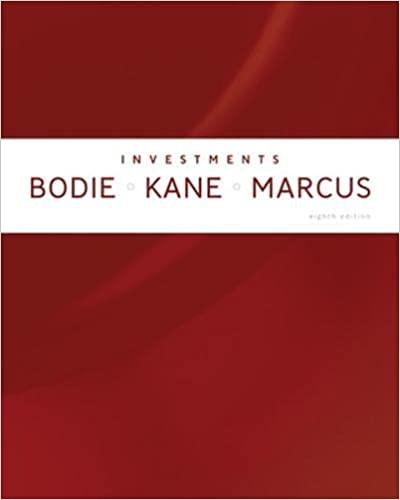DCF analysis doesn't always lead to proper capital budgeting decsions because capital busgeting projects are not e itvestments like stocks and bends. Managers can often take positive actions after the investment has been made to alter a project's cash flows. These opportunities are real options that seffer the right but nok the obligation to take some future action. Thpes of real options include abandonment, investment timing, expansion, output flexibity, and input fexibility. The existence of options can projects' expected profitabilty, their calculated NPVs, and 1 their risk. The abondonment option is the option to shut down a project if operating cash flows turn out to be lower than expected, To andivze the abandonment option you can draw a decision tree, which is a diagram thak lays out different branches that are the result of different decisions mude or the result of different economic situations. When analyring real options you consider the project with and without the option. The option value is calculated as the difference between the expected NPVs with and without the relevant option. (If the value of the project without the option is negative and the NPV of the project with the option is positive, then the option value is simply the calculated NPV of the option.) it is the value that is not accounted for in a traditional NPV analysis and a positive option value expands the firm's spportunites. Quantitative Problem: Sunshine Smoothies Company (5SC) manufactures and dstributes smoothies. 5SC is considering the development of a new line of high-protein energy smoothies. 5SC's CFo has collected the following information regarding the proposed project, which is expected to last 3 years: - The project can be operated at the company's Charleston plant, which is currently vacant. - The project will require that the company spend 53.6 milion today (t=0) to purchase additianal equipment. This equipment is elig ble for 100% bonus depreciation, so the equipment is fully depreciated at the time of its purchase. The company plans to use the equipment for all 3 years of the project, At t=3 (which is the projects last year of operation), the equipment is expected to be sold for $1,450,000 before taxes. - The project will require an increase in net operating working capital of $730,000 at t=0. The cost of the working capital will be fully recovered at t=3 (which is the project's last year of operation). - Expected high-protein energy smoothie sales are as follows: Year sales 1$2,600,000 27,400,000 33,800,000 - The project's annual operating costs (excluding depreciation) are expected to be 60% of sales. - The company's tax rate is 25%. - The company is extremely profhable; so if any lesses are incurred trom the high-protein energy smoothie project they can be used to partialy offset taxes paid on the company's other projects. (That is, assume that if there are any tax credits related to this project they can be used in the year they occur.) - The project has a WaCC =10.0%. What is the project's expected NEV and thk? Round your answers to 2 decimal places. Do not round your intermediate calculations. Niv be sold for $1,450,000 before taxes. operation). - Expected high-protein energy smoothie sales are as fotlons: Year Sales 123$2,600,0007,400,0003,800,000 - The project's annual operating costs (excluding depreciation) are expected to be 60% of sales. - The company's tax rate is 25\%. (That is, arsume that if there are any tax credits related to this project they can be used in the year they occur.) - The project has a WaCC = 10.0%. What is the project's expected NPV and IPR? Round your answers to 2 decimal places. Do not round your intermediate calculations. NPV ERQ Should the firm accept the project? the values in "millions of dollars" to ascertain the answer. millions of dollers be sold for $1,450,000 before taxes. operation). - Expected high-protein energy smoothie sales are as follows: Year 5alen 123$2,600,0007,400,0003,800,000 - The project's annual operating costs (excluding depreciation) are expected to be 60% of sales. - The cempany's tax rate is 25\%. (That is, assume that if there are any tax credits related to this project they can be used in the year they occur.) - The project has a wACC =10.0%. What is the preject's expected NPV and IRR? Round your answers to 2 decimel places. Do not round your intermediate calculations. NBV 1RR. Should the firm acceot the orolect? tt the introduction of a "weight loss" smoothie. The project would require a 53.5 million irvestment outlay today (t = o). The after-tax cash flows wbuld depend on the values in "millions of dollars" to ascertain the answer. millions of dollars









